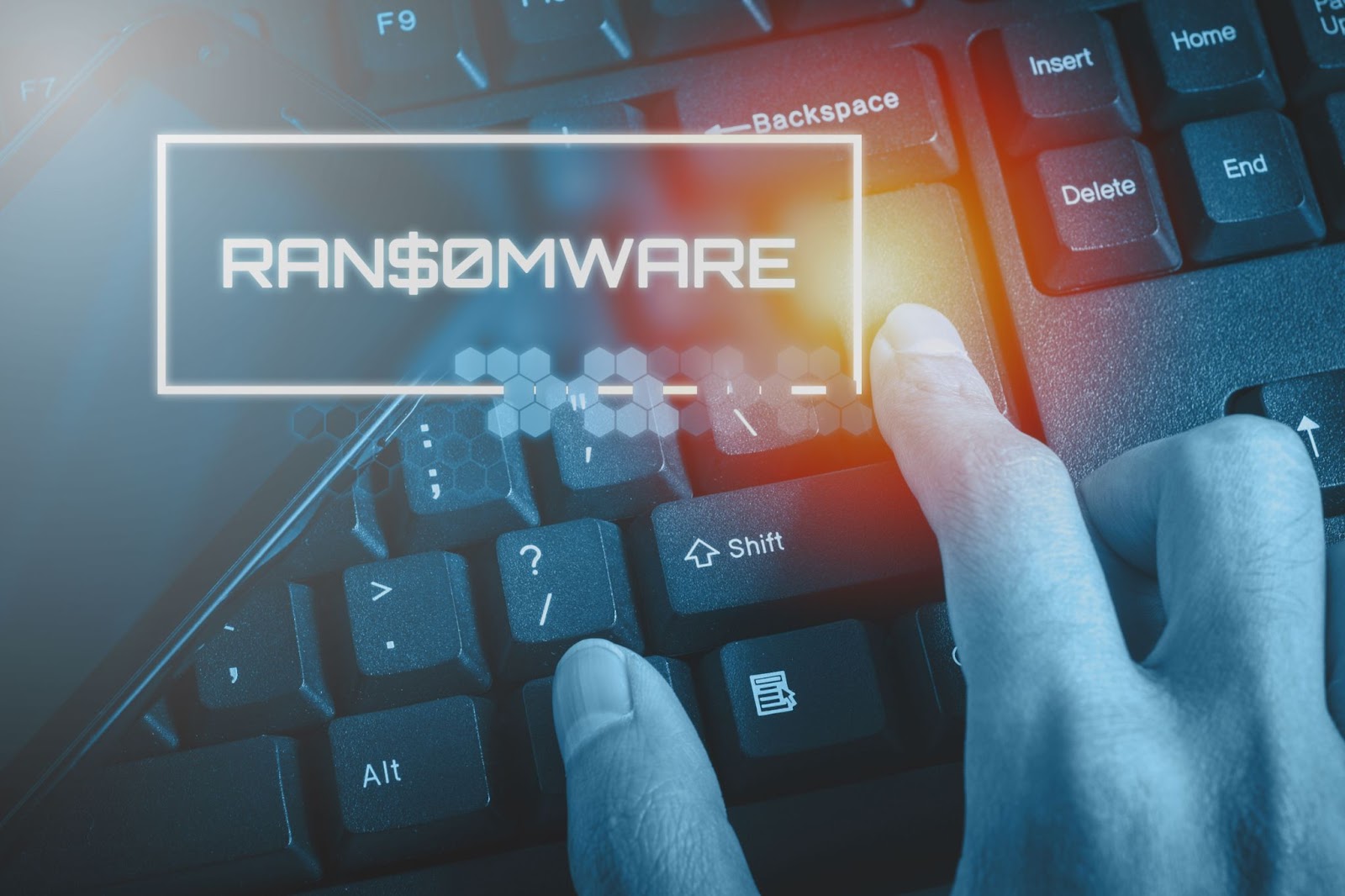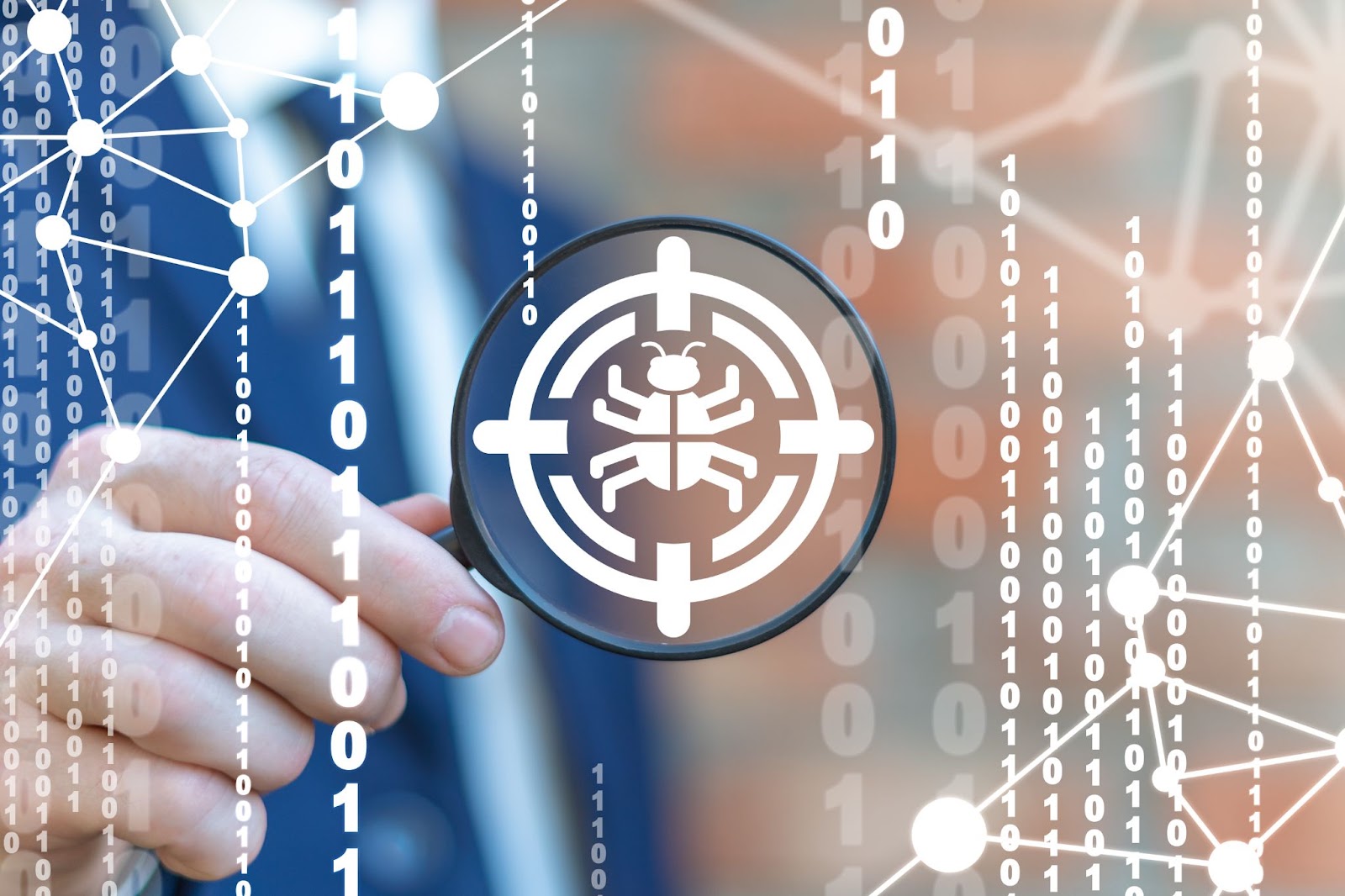Malicious code has actually been around for 50 years already, having initially been created as an experiment in an education lab. Evidently this has now escalated into something far more malicious than those who created it could have imagined, wreaking havoc and costing both individuals and companies billions of dollars in damage in the past half a century.
This article aims to explain exactly what malicious code is, what the different types of malicious code are and how you can protect yourself against its myriad dangers.
What is Malicious code?
Malicious code can be defined as any code within a software system or script that is intended to cause damage to a device. This damage can manifest in a number of ways and cannot be completely controlled by antivirus software alone (although antivirus software should be a part of your armory when it comes to protecting against malicious code).
Ther are a wide number of diverse categorizations when it comes to defining malicious code. This includes viruses, trojan horses, rootkits and worms, all of which will be discussed in greater detail below.
Once your device is infected by malicious code, it is then able to gain all manner of access to various networks, servers and drives before deleting important documents, stealing sensitive data and sending phishing emails under your name.
What are the different types of malicious code?
Malicious software is something of an umbrella term encompassing a wide range of subcategories. The most common of which include viruses, trojans, worms, ransomware, spyware, adware and rootkits – all of which are explained below.
Computer Viruses
Computer viruses date back to the 1970s with the ARPANET’s Creeper virus, which was not initially designed to be malicious. They typically work by executing and replicating themselves once they are attached to legitimate programs and/or files.
Unlike worms, which spread autonomously, viruses require human intervention in order to activate and propagate, which usually involves malicious email attachments, or compromised USB connections.
Computer viruses occur in a range of forms, including compression, macro, boot sector, multipart, polymorphic and stealth viruses. Each of these carry distinct behaviors and methods of propagation. They can cause all manner of issues once a device becomes infected including the modification of settings, theft of data, deletion of files, encryption of data for ransomware attacks and even DDoS (Distributed Denial of Service) attacks.
Trojan Horses
Named after the deceptive wooden horse used by the Ancient Greeks to infiltrate the city of Troy, a trojan is a type of malicious software that disguises itself as legitimate software. Trojans rely on social engineering tactics which allow them to deceive their victims. This is because the user must execute the infected file, typically delivered through phishing emails or fake software updates, in order for it to execute its malicious payload.
Once the user has taken this action and the payload is executed, the trojan is able to open backdoors, steal data and log all keystrokes made by the user.
The most famous example of a trojan horse virus is Emotet. First discovered in 2014, it was primarily designed to steal sensitive financial information but has evolved to deliver all manner of malware and is still thriving today. The deceptive nature of trojans makes them particularly problematic.
Spyware
Spyware is just as deceptive and problematic as trojan viruses. Once a device has been infiltrated, with the owner none the wiser, it is able to acquire sensitive information such as usernames, passwords, card details and browsing behavior.
Once acquired, this data is often sold on to third parties for malicious purposes such as identity and financial fraud.
Spyware is able to infect any device in a variety of ways, including malicious apps, deceptive email attachments and fraudulent websites. Once it is up and running, it lurks stealthily in the background collating sensitive data. With the proliferation of mobile devices, spyware can often be more valuable for the hacker when installed upon a mobile device as this provides camera and microphone access as well as constant location data.
Pegasus is perhaps the most well known example of mobile spyware. Targeting iOS and Android devices for surveillance, it was discovered in 2016 and linked to the Israeli technology company NSO group against whom Apple filed a lawsuit in November 2021.
Computer Worms
Computer worms are slightly different to many other types of malicious code in that they are able to replicate and spread across multiple devices autonomously. No human intervention is required to facilitate this.
Worms are able to exploit security vulnerabilities in networks in order to self-replicate and propagate. This means that they often fly under the radar and go undetected for long periods of time, often causing major damage by consuming significant amounts of bandwidth which may ultimately lead to a denial of service.
The most notorious example of a worm that caused huge damage is WannaCry, which spread rapidly and infected over 230,000 computers in over 150 countries in just 24 hours. It achieved this by exploiting the EternalBlue vulnerability in Windows’ Server Message Block protocol. WannaCry has since caused billions of dollars’ worth of damage across the globe.
Rootkits
A rootkit is a type of malicious code that is designed to provide unauthorized access and control over the system of any device, all while remaining undetected. Not only can rootkits infect software, but also hardware.
The term “rootkit” comes from the words “root”, which refers to the highest level of access in Unix and Linux operating systems and “kit”, referring to the tools required.
Once they are installed on the target device, hackers are able to carry out a range of activities such as the theft of sensitive data, the sending of spam and the conducting of DDoS (Distributed Denial of Service) attacks.
They typically avoid detection by disabling any security software residing on the target device. This allows them to remain undetected for long periods of time, wreaking havoc as they go.
Adware
Adware is a broad term that refers to both legitimate and illegitimate software. For example, legitimate adware is often used by software developers to offset costs with user consent. Malicious adware on the other hand, displays and downloads unwanted advertisements on the target’s device. It will often collect web browsing and cookie data to target users with specific ads.
The most common method of infiltration for adware, is when it is downloaded unwittingly by a user, often bundled with legitimate applications. That said, the exploitation of security vulnerabilities is not unusual either.
Once infected, the adware will track the user’s browsing behavior, displaying personalized ads and often redirecting users to other malicious websites.
Ransomware
Ransomware is a type of malicious code that encrypts the target’s sensitive and important files once it has infected their device. With the victim then unable to access their files, the hacker will demand a ransom to be paid, usually in cryptocurrency, in order to decrypt them. Ransomware spreads through a range of methods, including phishing emails, the exploitation of security vulnerabilities and deceptive downloads.
Broadly speaking, there are six different types of ransomware:
- Locker ransomware: completely locks users out of their devices, rendering them unusable.
- Crypto ransomware: encrypts specific files, demanding cryptocurrency payment for the decryption.
- Extortionware: steals sensitive data and files and demands a ransom payment to avoid their publication.
- Double extortion ransomware: combines both encryption and data theft, pressuring targets to pay in order to prevent their data leaking in to the public domain.
- Triple extortion ransomware: adds additional threats to the above, such as DDoS attacks, to further pressure the victim into payment.
- Ransomware-as-a-Service (RaaS): becoming increasingly common, this allows less technically proficient attackers to essentially rent ransomware tools.
Tips for protecting yourself from malicious code
As identified in the previous section, the vast majority of malicious code requires some degree of human error in order to spread and infect your device. This means that both individuals and organizations must take cybersecurity seriously and adopt a multi-layered approach. Here are a selection of tips handpicked by the experts at SUPERAntiSpyware and designed to help you prevent becoming a victim of malicious code:
Install and regularly update antivirus software
This is undoubtedly the most important tip from this list. Although there is no antivirus software in the world that can protect you against every form of malicious code, there are suitably robust options that can significantly improve your protection. One such option is SUPERAntiSpyware’s Professional X Edition. Not only is it easy to use, but it also detects and removes over 1 billion different malicious threats including spyware, trojans, worms, rootkits and many more.
One of the most important aspects of using antivirus software is to ensure that you regularly update it to improve protection against the latest threats in a rapidly moving digital world. Thankfully SUPERAntiSpyware updates automatically, so this is not something that you need to worry about.
Keep operating systems and software up to date
Unpatched security vulnerabilities within out-of-date software is one of the most common entry points for malicious code. Regularly installing updates and ensuring that any security vulnerabilities are kept to a minimum is imperative to maintaining your online safety.
Use strong, unique passwords
It can be tempting to use the same password for every account that you use. In an increasingly digital world, there is certainly plenty to keep track of! That said, it is vital to use unique passwords for each account that exceeds 16 characters in length and use a combination of letters, numbers and special characters. A password management tool can help to both generate and store your array of passwords, keeping them secure and organized.
Be cautious with email attachments and links
If you are ever in doubt about the validity of an attachment or link, ensure that you always contact the sender prior to opening. It is recommended to do this in a secondary communication channel. Phishing emails are one of the most common methods of propagation for malicious code, so it is always best to err on the side of caution.
Educate yourself or your team about cybersecurity
It is imperative to keep on top of the latest trends in cybersecurity. The digital world is constantly in flux and keeping abreast of the latest developments is critical to effective protection.
This applies to individuals but perhaps more importantly to organizations, who can stand to lose far more financially and reputationally. Why not brush up with our list of cybersecurity tips for employees?
Regularly back up important data
This goes without saying! Ensure that you have implemented a regular backup schedule and ensure that these backups are stored securely – either in a separate physical location, or in the cloud.
Regular back ups means that you are more likely to recover the majority of data in the event of a malicious attack.
User firewalls and other security measures
All suitable and relevant security measures should be taken in order to protect your devices and network. This includes the implementation of firewalls, which monitor incoming and outgoing network traffic, intrusion prevention and intrusion detection systems.
Conclusion
In summary, understanding malicious code and how it works is a crucial first step in securing yourself as an individual, as well as on an organizational level. The myriad types of malicious code can be overwhelming, but education is an important element when it comes to staying safe online.
There are a number of useful and actionable tips provided throughout this article that will tighten up your digital defense in no time at all. That said, the most important first step is always to cover yourself with robust antivirus software. You can always try SUPERAntiSpyware for free!
FAQs
What is malicious code?
Malicious code is defined as software or scripts that have been built to exploit computer systems. This is an umbrella term encompassing a broad range of types, including viruses, worms, trojans, ransomware, spyware, adware and rootkits.
How does malicious code spread?
Malicious code spreads in a variety of ways, ranging from email attachments to vulnerable network connections. It often uses social engineering tactics, urging haste in the target to trick them into executing the malicious software.
What are the signs of a malware infection?
The most common signs of a malware infection are:
- Slow performance
- Unexpected applications
- Unexplained settings changes
- Unauthorized access to accounts
- Frequent crashes
How can I remove malicious code from my computer?
The easiest way to remove malicious code from your computer is to use reputable antivirus software such as SUPERAntiSpyware. However, if this does not apply to you, the best manual steps to take are as follows:
- Disconnect your device from the internet
- Reboot your computer in safe mode
- Delete temporary files
- Conduct a malware scan
- Manually delete any suspicious files
Can malicious code infect mobile devices?
Of course! Phones can actually be more troublesome once infected as hackers can access your camera, microphone and real-time location data.




